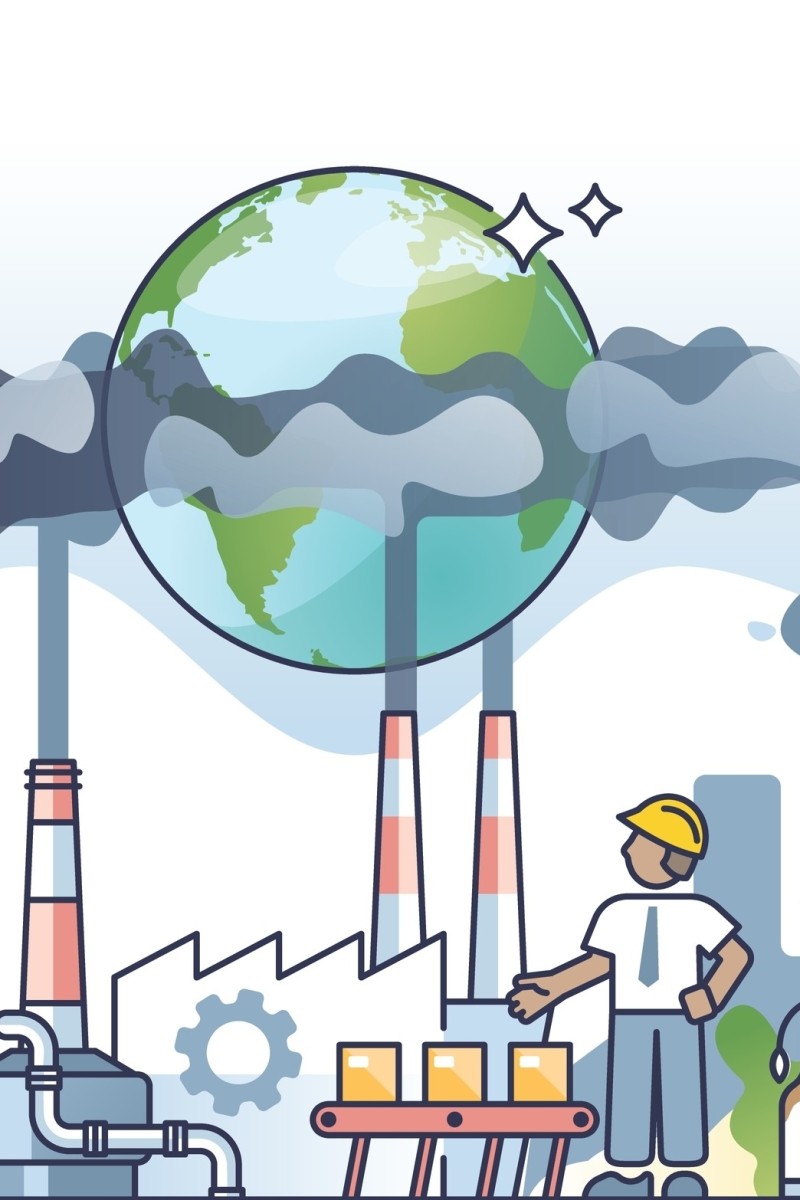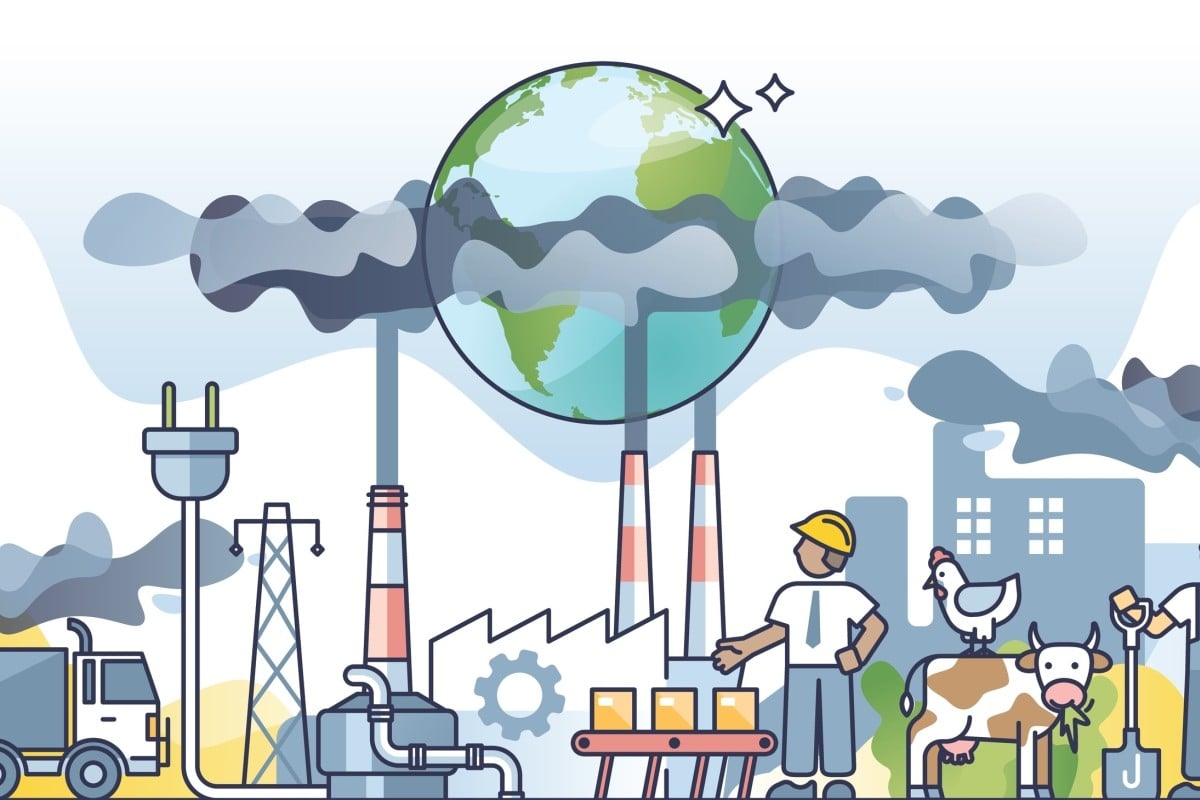
Climate crisis beyond CO2: how greenhouse gases like methane and nitrous oxide hurt the planet
Activities like agriculture and the use of fossil fuels all have a negative impact on the environment and contribute to global warming.
 Reducing greenhouse gas emissions is crucial for helping the environment. Photo: Shutterstock
Reducing greenhouse gas emissions is crucial for helping the environment. Photo: ShutterstockCarbon dioxide, or CO2, is a greenhouse gas responsible for about two-thirds of global warming. However, it’s not the only contributor. Several others also play a key part. Take a look:
Methane
Methane, or CH4, is the second most important greenhouse gas linked to human activity after CO2.
Around 40 per cent of methane comes from natural sources. About 60 per cent is linked to human activities such as agriculture, fossil fuels and waste.
Its warming power is more than 80 times greater over 20 years than that of CO2. However, it has a shorter lifespan. Reducing methane emissions would have a strong short-term cooling effect.
Despite a global commitment to reduce planet-heating emissions, the trend is not positive.
“Methane is rising faster in relative terms than any major greenhouse gas. It is now 2.6-fold higher than in pre-industrial times,” said an international group of researchers under the Global Carbon Project in a study published in the academic journal Environmental Research Letters.
Nitrous oxide
Nitrous oxide is also called nitrous protoxide (N2O). It is the third major greenhouse gas and almost 300 times more powerful than CO2.
It is mainly given off by synthetic nitrogen fertilisers and manure used in agriculture. It can also come from human activities, such as waste water and fossil fuels, or natural sources like the soil and oceans.
The key to fighting the problem lies in using fertilisers more efficiently. “Two-thirds of the climate change mitigation potential of N2O could be realised by reducing fertilisers on just 20 per cent of the world’s cropland,” wrote French researcher Philippe Ciais in 2021.
Fluorinated greenhouse gases
Fluorinated greenhouse gases (PFCs, HFCs and SF6) are found in fridges and freezers, heat pumps, air conditioners and electrical networks. Even in small amounts, they stand out for their extremely high warming capacity.
For example, SF6 is found in electrical transformers. It has a greenhouse effect 24,000 times greater than CO2 over a 100-year period.
The Montreal Protocol was signed in 1987. It has already reduced the presence of CFCs in the atmosphere. This is another ozone-depleting fluorinated gas. In 2016, the Kigali agreement also provided for the phasing out of HFCs.
Last year, the EU sealed a pact to progressively ban the sale of equipment containing fluorinated gases, in particular HFCs. It aims to eliminate them by 2050.
Find out more
What are HFCs and what alternatives are there?
HFCs are a type of coolant. This means they help keep equipment cool. They were introduced as a replacement for chlorofluorocarbons (CFCs) and hydrochlorofluorocarbons (HCFCs).
These were both harmful to the ozone layer. While HFCs do not directly reduce the ozone layer, they contribute significantly to global warming.
Some alternatives include propane and butane. However, there are some concerns because they are flammable and need to be handled carefully. Scientists are still looking for a better option that is both safe and eco-friendly.